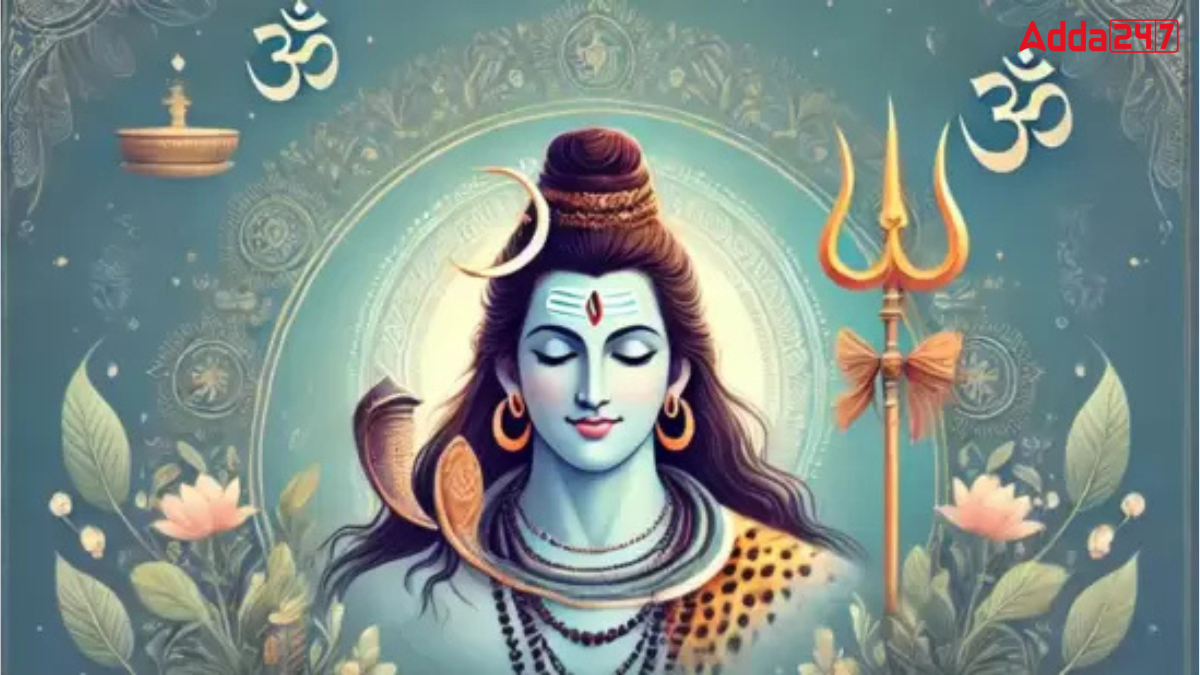Maha Shivratri is a very important festival in Hinduism, celebrated every year to honor Lord Shiva. He is known as the god of destruction and transformation in the Trimurti, which also includes Lord Brahma (the creator) and Lord Vishnu (the preserver). This festival holds great spiritual value and devotees believe that Lord Shiva’s blessings are easily available on this special night.
What is the Meaning of Maha Shivratri?
Maha Shivratri means “The Great Night of Shiva.” It is believed to be the night when Lord Shiva performs his divine dance of creation, preservation and destruction. Many people also believe that this was the day when Lord Shiva married Goddess Parvati, symbolizing the balance of cosmic energies.
Maha Shivratri 2025 – Date and Timing
Maha Shivratri is celebrated in the Hindu month of Magh (as per the South Indian calendar) or Phalgun (as per the North Indian calendar). However, no matter which calendar is followed, the festival always falls on the same day.
In 2025, Maha Shivratri will be observed on Wednesday, February 26.
- Chaturdashi Tithi Begins: February 26, 2025 at 11:08 AM
- Chaturdashi Tithi Ends: February 27, 2025 at 08:54 AM
- Best Time for Shiv Puja: 12:09 AM to 12:59AM on February 27
Four Prahar Puja Timings
- First Prahar: 6:19 PM to 09:26 PM (February 26)
- Second Prahar: 09:26 PM to 12:34 AM (February 27)
- Third Prahar: 12:34 AM to 03:34 AM (February 27)
- Fourth Prahar: 3:41 AM to 6:48 AM (February 27)
Why is Maha Shivratri Celebrated?
There are several beliefs behind Maha Shivratri:
- Lord Shiva’s Cosmic Dance: It is believed that on this night, Lord Shiva performs his divine dance, known as the Tandava, which represents the cycle of creation and destruction.
- Marriage of Shiva and Parvati: Some stories say that Lord Shiva and Goddess Parvati got married on this day, representing the union of divine energies.
- Appearance of the Shivling: Another belief is that the Shivling, which represents Lord Shiva, first appeared on this night.
How is Maha Shivratri Celebrated?
Maha Shivratri is observed with great devotion across India and in many other parts of the world. Here’s how devotees celebrated:
- Fasting: Many people observe a fast throughout the day and night. Some take only fruits and milk, while others do a strict fast without food or water.
- Shiv Puja and Abhishek: Devotees visit temples and offer milk, honey, ghee and water on the Shivling. This ritual, called Rudrabhishek, is considered very auspicious.
- Chanting and Bhajans: People chant “Om Namah Shivaya” and sing bhajans in praise of Lord Shiva. Many stay awake the whole night, praying and meditating.
- Nightlong Vigil: Many Shiva temples hold night-long prayers, kirtans (devotional songs), and discourses about Lord Shiva’s greatness.
Spiritual Importance of Maha Shivratri
- It is believed that worshipping Lord Shiva on this night brings peace, prosperity and spiritual awakening.
- Devotees believe that fasting and chanting Shiva’s name help remove negative energies and bad karma.
- Staying awake and meditating on Lord Shiva is thought to bring self-realization and enlightenment.



 Which is the Oldest Rainforest on the Ea...
Which is the Oldest Rainforest on the Ea...
 Important Days in December 2025, Nationa...
Important Days in December 2025, Nationa...
 International Migrants Day 2025: Meaning...
International Migrants Day 2025: Meaning...







